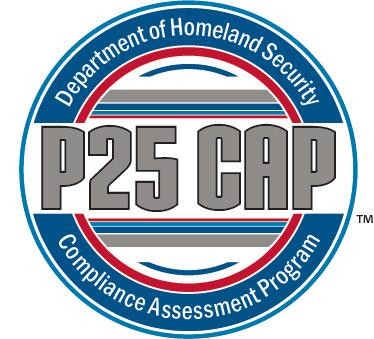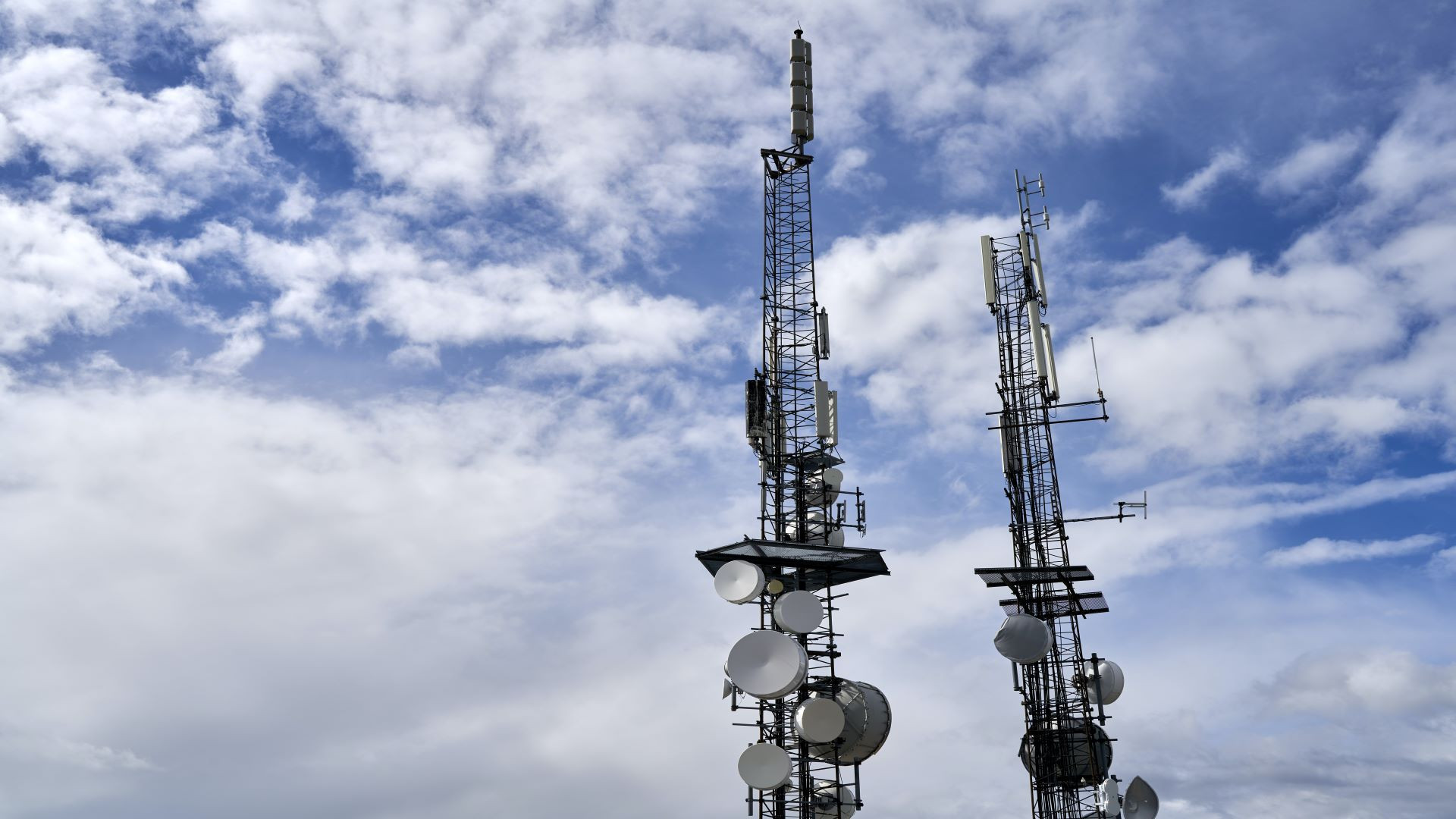Request a
Quote
Approximately 3,000 P25 radio systems have been installed by Public Safety agencies. The P25 Compliance Assessment Program (CAP) was established in 2007 by DHS Science and Technology, SAFECOM, industry and the emergency response community to develop national voluntary standards for interoperable emergency communications.
Testing of P25 equipment began in 2010 with results posted to the DHS website https://www.dhs.gov/science-and-technology/p25-cap . Radio equipment listed here has been declared "Grant Eligible" by SAFECOM. Even if you are not looking to use grant funding, this is an excellent resource to see what equipment has been declared compliant with the P25 Standards, after testing with a recognized test lab. You can use it in procurement or contingency planning with neighboring agencies.
The P25CAP test standards have been revised and expanded several times over the past 10 years. Just recently, DHS announced program changes to make sure all legacy equipment is still compliant.
Why? Because P25 equipment manufacturers have been continuously introducing new products and features.
Changes to components of your P25 system could potentially impact interoperability.
Revised hardware/software/firmware updates - Manufacturers are always updating their equipment to add features and services. Sometimes components become unavailable and need replaced with new. It is important to ensure interoperability with your legacy equipment.
Additional radios added - Agencies regularly add Subscriber Units (SU's) as they grow their departments or add users to their LMR system. Newly purchased radios need to be interoperable with those you started out with.
New manufacturer radios added - Often different branded radios are used by various departments operating on the system. Interoperability is important when these different departments respond together to an event (i.e.. Highway Patrol and Department of Roads, etc.).
New routers, cables, servers, etc.- When IT departments make changes to the system, interoperability may be affected.
You may consider these “best practices” to assess the compliance of your P25 radio system and keep it current.
Current Standards - Go to https://www.dhs.gov/science-and-technology to review the status of the P25CAP test standards and program changes announced in 2021. This is your best resource to keep up to date on what the requirements are for P25 CAP compliance.
Interagency Collaboration - Public Safety agencies can coordinate with neighboring jurisdictions to ensure interoperability as a part of their Joint Operations planning.Share the status of both their systems and SU's operating on them.
Fleet Map - Consider creating a spreadsheet of all your SU's, their programming parameters and feature sets for reference in the field (i.e.. "Fleet Map"). A system road map of installed equipment and firmware/software version numbers.
Third Party Verification - Consider using an independent P25CAP test lab to assess your system for P25 and other features. I once had a sheriff tell me "I know its working but I don't know if its working right!" This is also a good idea during equipment procurement, and post installation verification to ensure all features are operating as expected (and promised". Conduct periodic verification to catch up regularly.
Manufacturer Support - Check with your P25 Equipment manufacturer about how they ensure new products are compliant and their programs to keep legacy equipment up to date.
The time you invest now to assess your system, and make any changes to ensure interoperability, will pay big dividends during an actual event to prevent loss of life and property damage or coordinate recovery efforts.



